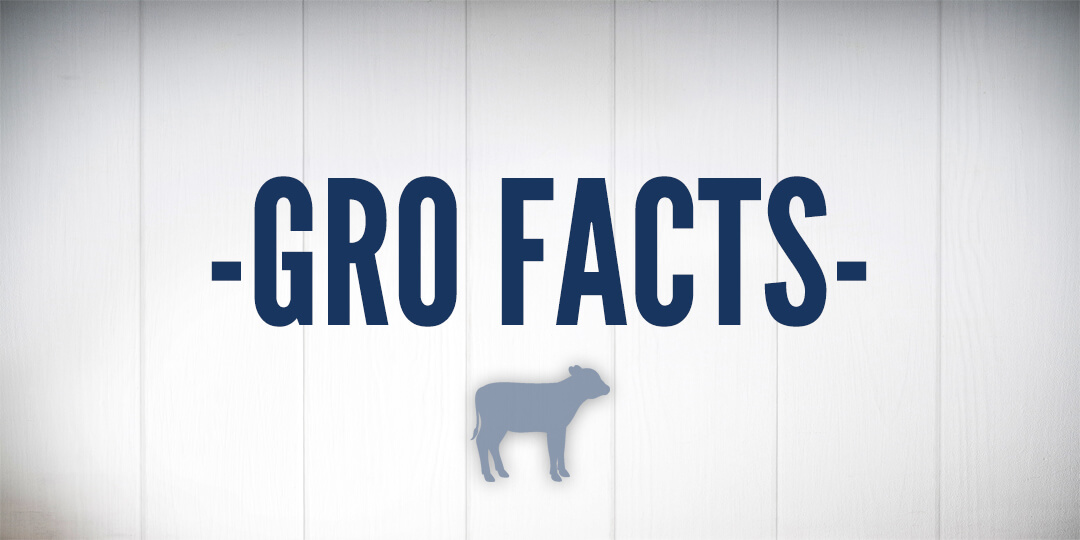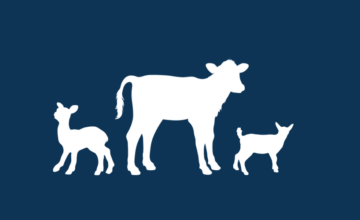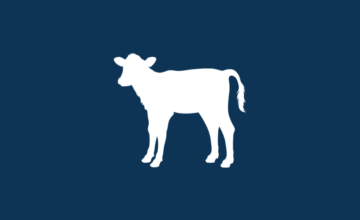Feeding Calves According to the Season
- Nov 14, 2012
- By Grober Nutrition
- In Canada, USA
As weather gets cooler, often with large temperature swings between night and day calf feeding programs need to be adjusted. Maintenance requirements must be met for growth and development; however ensuring strong growth has been linked to improved performance (earlier breeding and increased milk yield). In order to continue with setting a strong trend for growth, extra milk replacer needs to be fed during the winter. In the fall (and spring) extra nutrition will help calves cope with the changing temperature that can make them more pro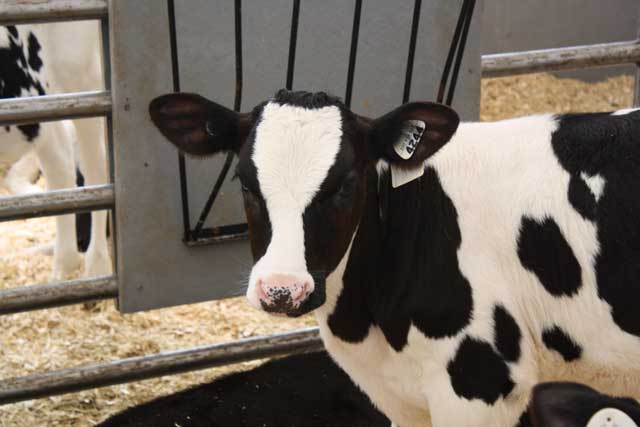 ne to respiratory illness. Wind, chill and wetness will demand more energy from the calf for maintenance. Providing extra calories from protein, fat and lactose will ensure these energy needs are met. A popular school of thought is to provide extra energy through extra fat. However, fat must be digested and providing more means that the calf has to expend energy to digest a diet they may not be accustomed to. One of the studies conducted last year (2011) at the Grober Young Animal Development Center was to assess how calves performed when fed a regular (R) milk replacer (26/18) versus one with extra calories from fat (HF) (26/30). There was no difference between intakes of the milk replacer such that calves consuming the 26/18 drank on average 7.53 L/day and calves consuming the 26/30 drank on average 7.42 L/day. Grain intake was less throughout the trial for calves on the high fat milk replacer.
ne to respiratory illness. Wind, chill and wetness will demand more energy from the calf for maintenance. Providing extra calories from protein, fat and lactose will ensure these energy needs are met. A popular school of thought is to provide extra energy through extra fat. However, fat must be digested and providing more means that the calf has to expend energy to digest a diet they may not be accustomed to. One of the studies conducted last year (2011) at the Grober Young Animal Development Center was to assess how calves performed when fed a regular (R) milk replacer (26/18) versus one with extra calories from fat (HF) (26/30). There was no difference between intakes of the milk replacer such that calves consuming the 26/18 drank on average 7.53 L/day and calves consuming the 26/30 drank on average 7.42 L/day. Grain intake was less throughout the trial for calves on the high fat milk replacer. 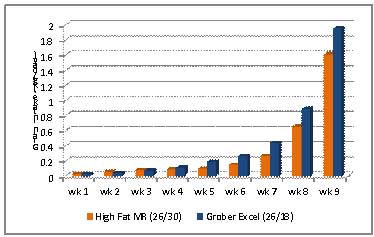 Figure 1 Body weight differences in calves fed a regular milk replacer versus a high fat milk replacer.
Figure 1 Body weight differences in calves fed a regular milk replacer versus a high fat milk replacer.
Grain intake will play a large role in developing the rumen and ensuring the transition at weaning is less stressful. Moreover, feed: gain (the measure of how much feed it takes to gain 1 kg of bodyweight) was less in calves consuming regular milk replacer (1.60 R; 1.71 HF). That means less R milk replacer was needed to gain the same amount of weight as the HF milk replacer. There was no difference in health events between the two groups. Adjusting a calf’s feeding program to compensate for changes in weather should be done gradually and carefully. Providing extra calories from one nutrient alone forces the calf to digest a new type of diet which can be challenging and upsetting to their digestive tract. It is also important to note that increasing a calf’s access to grain for extra calories will not be as efficient as milk replacer during this stage of growth where the digestibility of milk replacer is 97% or greater. Providing extra calories through a balanced diet that they are already accustomed to drinking, remembering that calories come from protein and lactose as well, enables the calf to derive more energy from their feedstuffs without the upsetting change in feed. 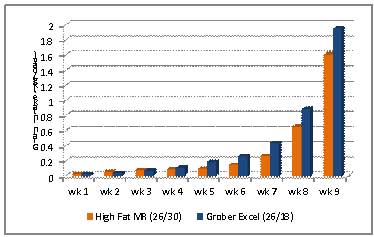 Figure 2 Grain intake for calves on regular milk replacer versus the high fat milk replacer.
Figure 2 Grain intake for calves on regular milk replacer versus the high fat milk replacer.
Grober Nutrition
Recent Posts
Tags
Archives
- April 2024
- January 2024
- December 2023
- October 2023
- September 2023
- August 2023
- June 2023
- December 2022
- November 2022
- October 2022
- August 2022
- July 2022
- June 2022
- May 2022
- April 2022
- March 2022
- February 2022
- January 2022
- August 2021
- February 2021
- September 2020
- June 2020
- April 2020
- May 2017
- April 2017
- October 2016
- September 2016
- August 2016
- March 2016
- March 2015
- January 2015
- December 2014
- December 2013
- September 2013
- May 2013
- January 2013
- December 2012
- November 2012
- March 2012
- March 2011
- February 2011
- November 2010
- August 2010
- December 2009
- November 2009
- March 2009


